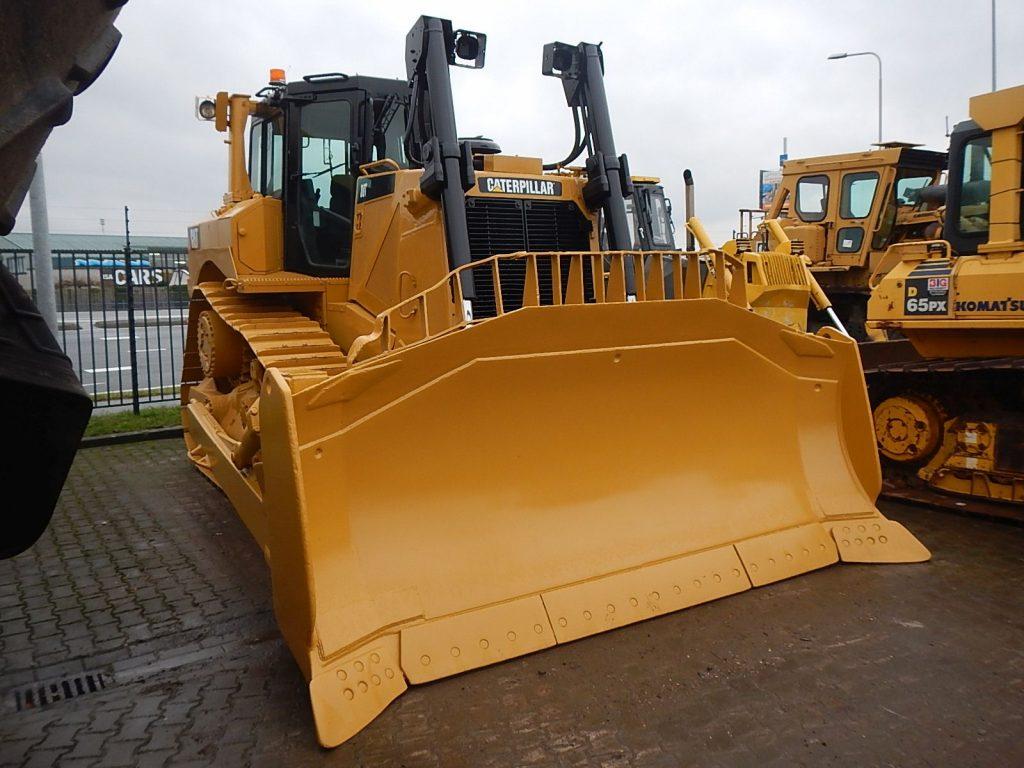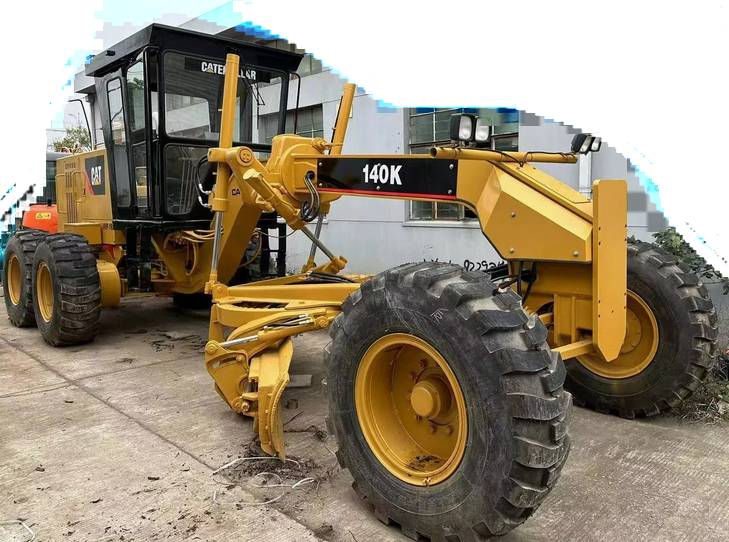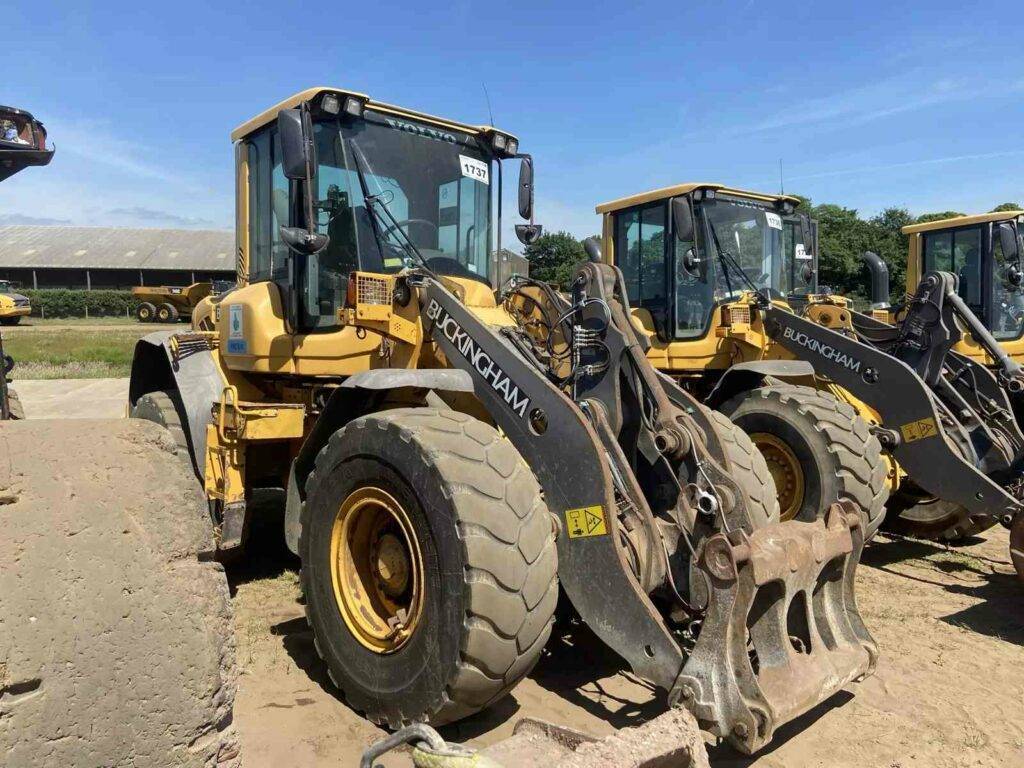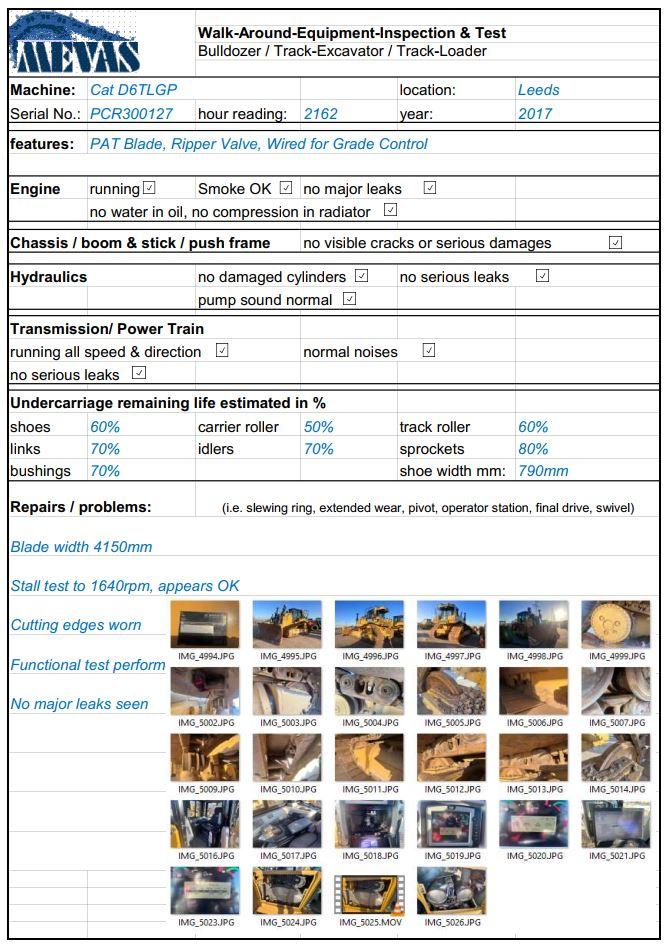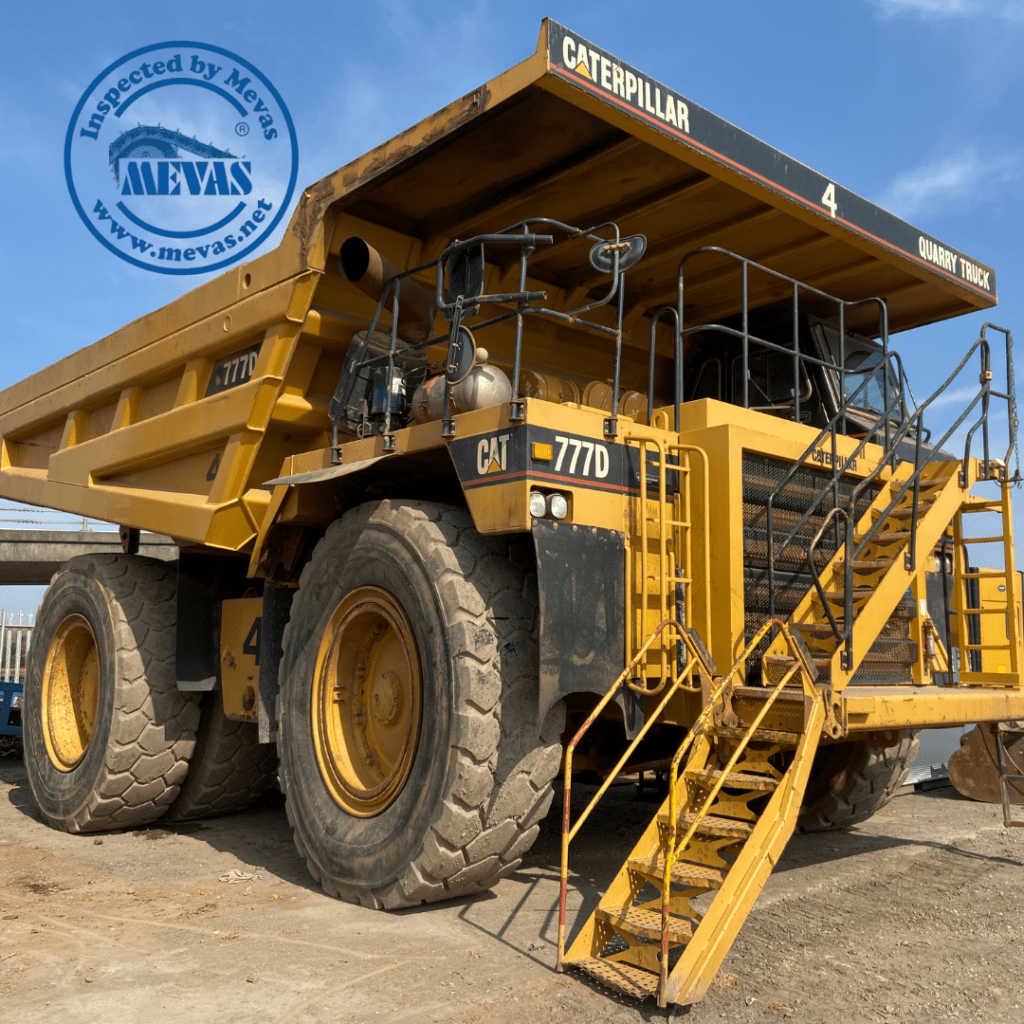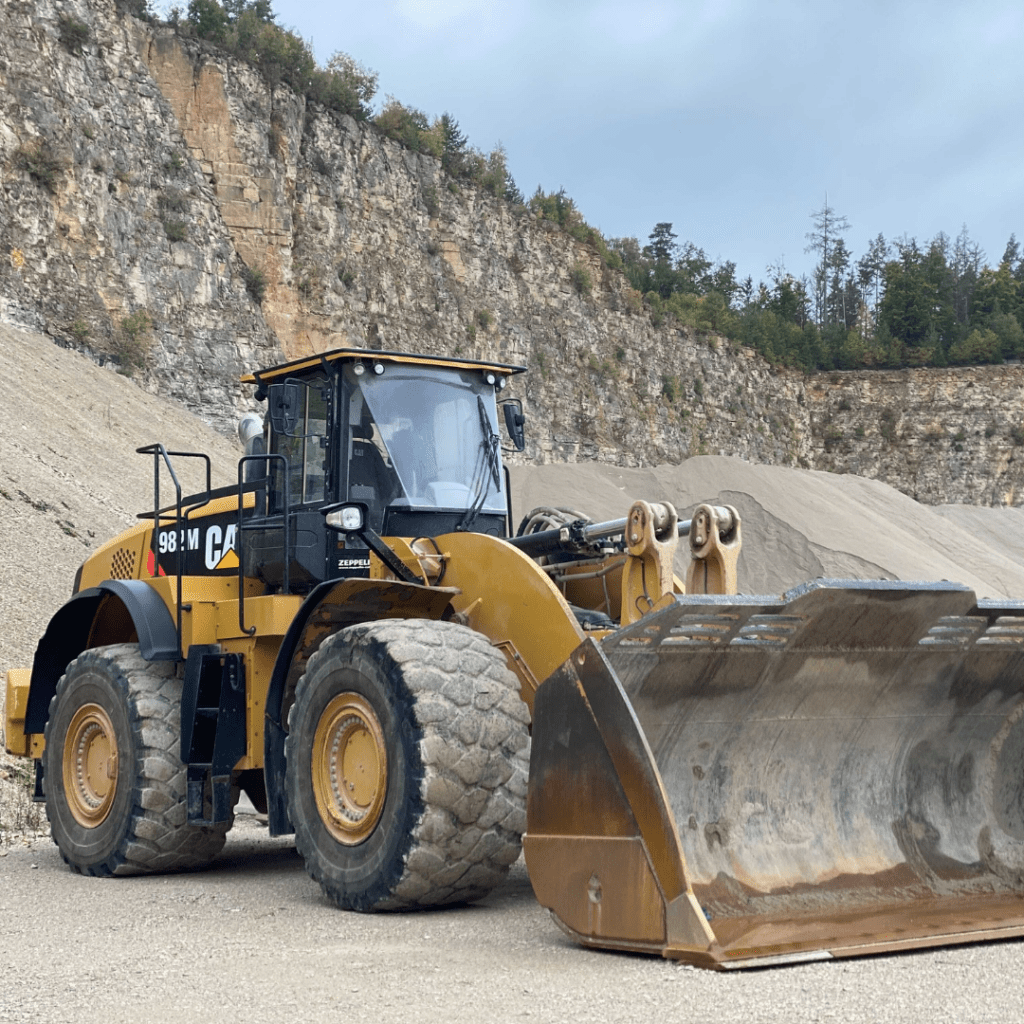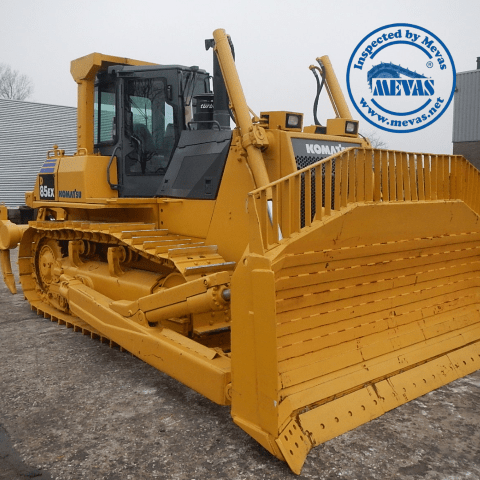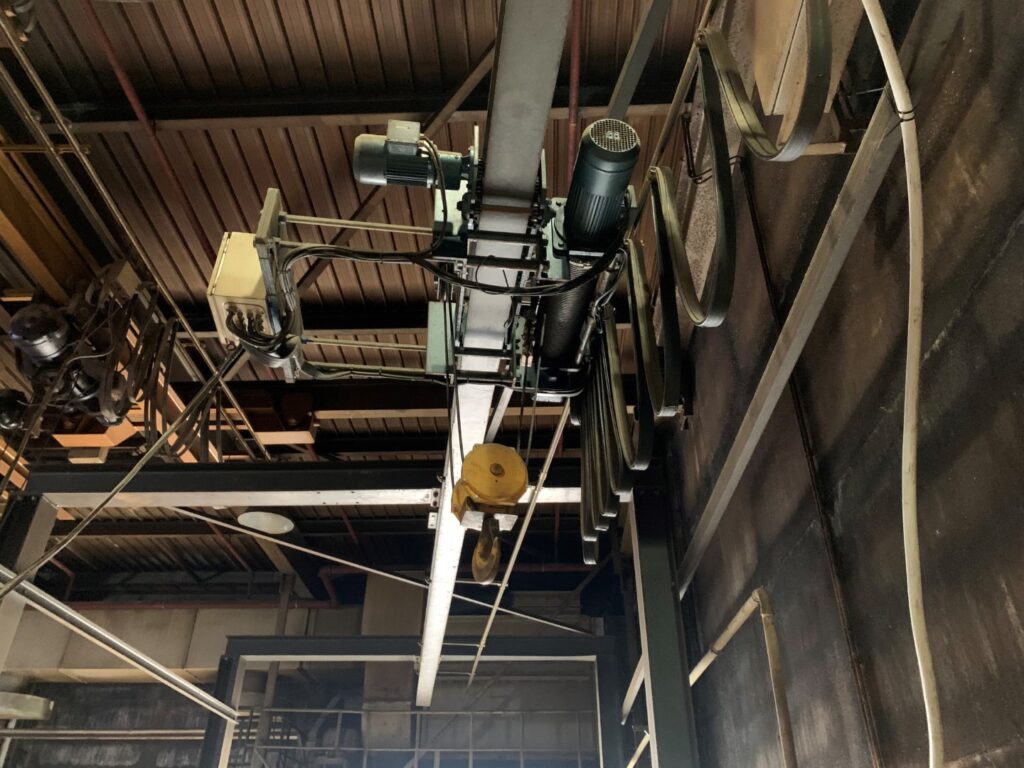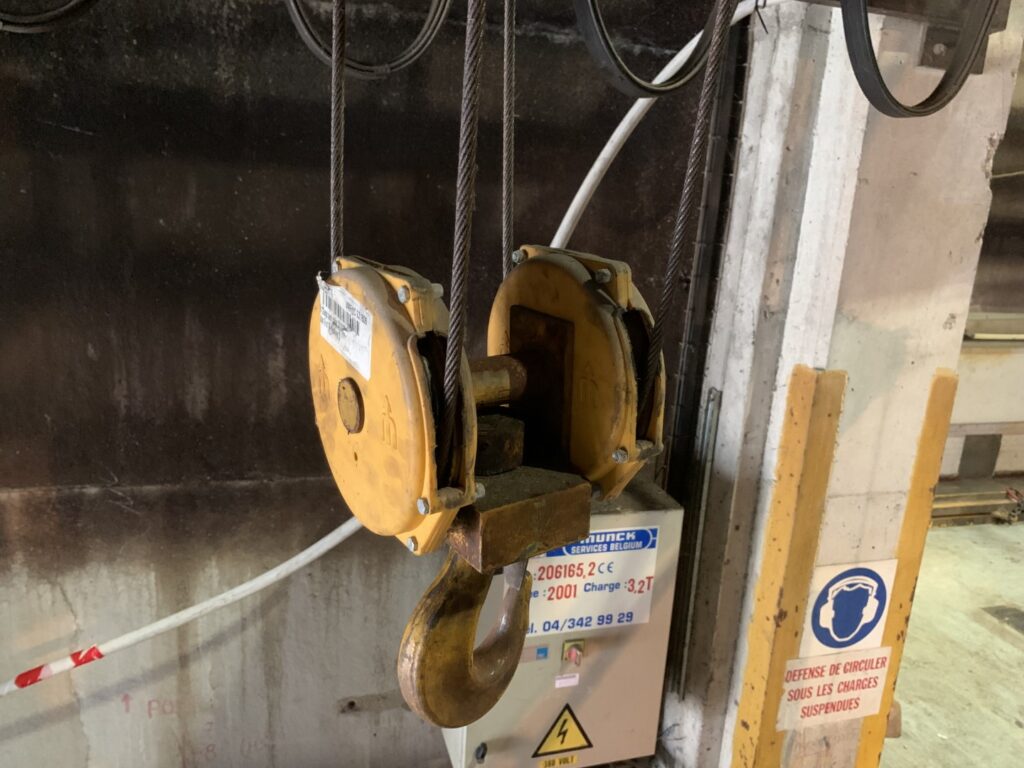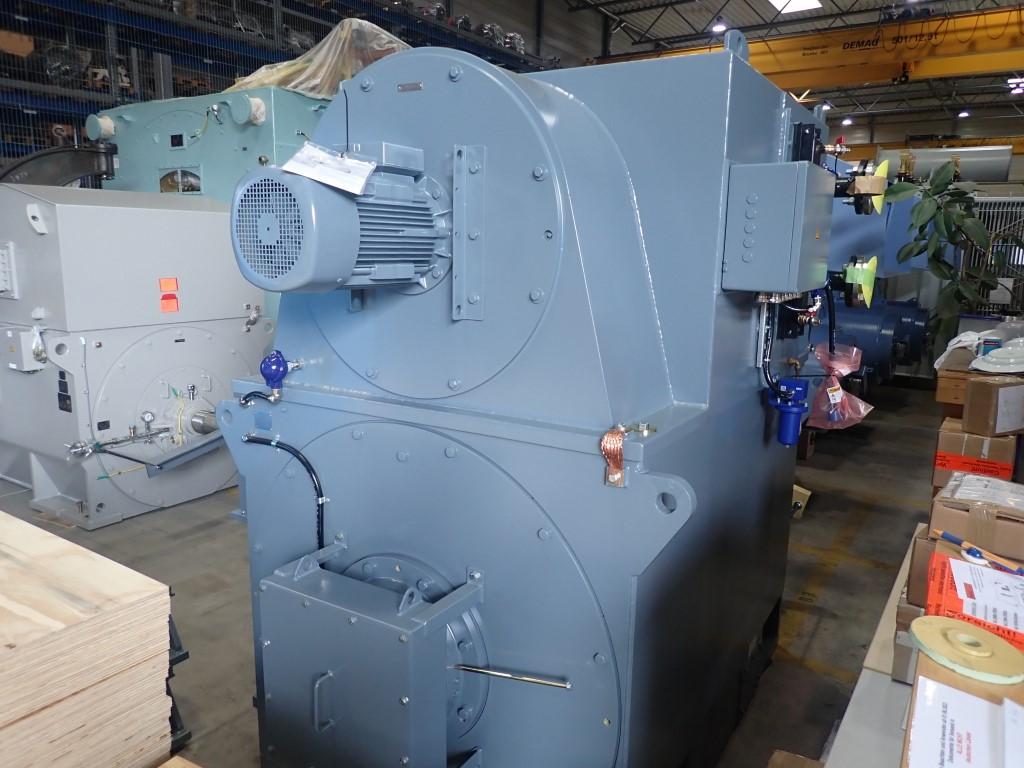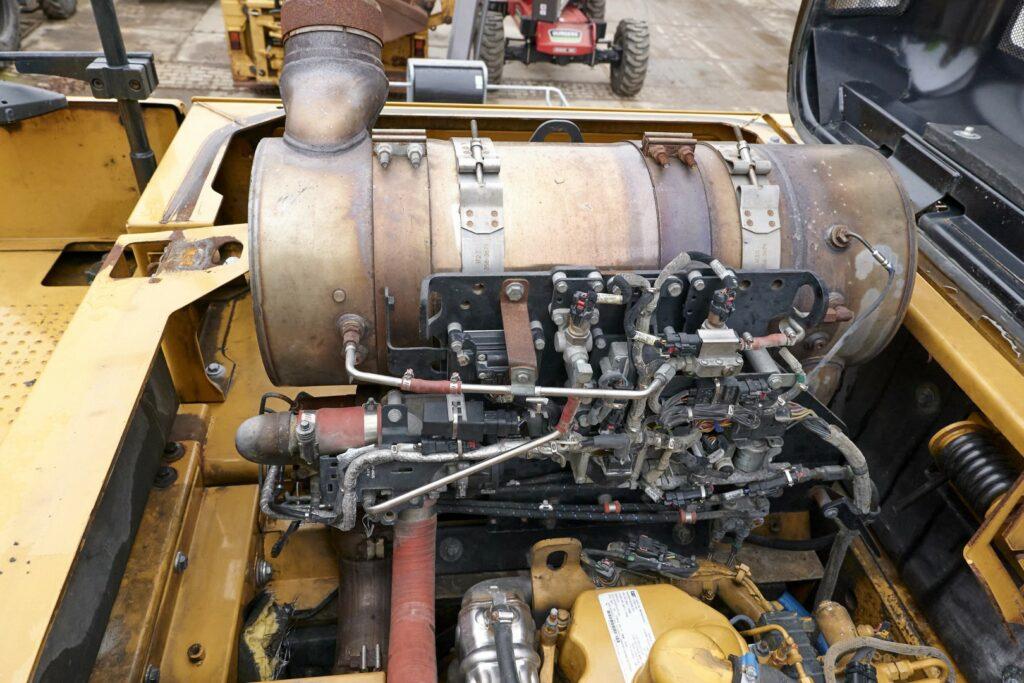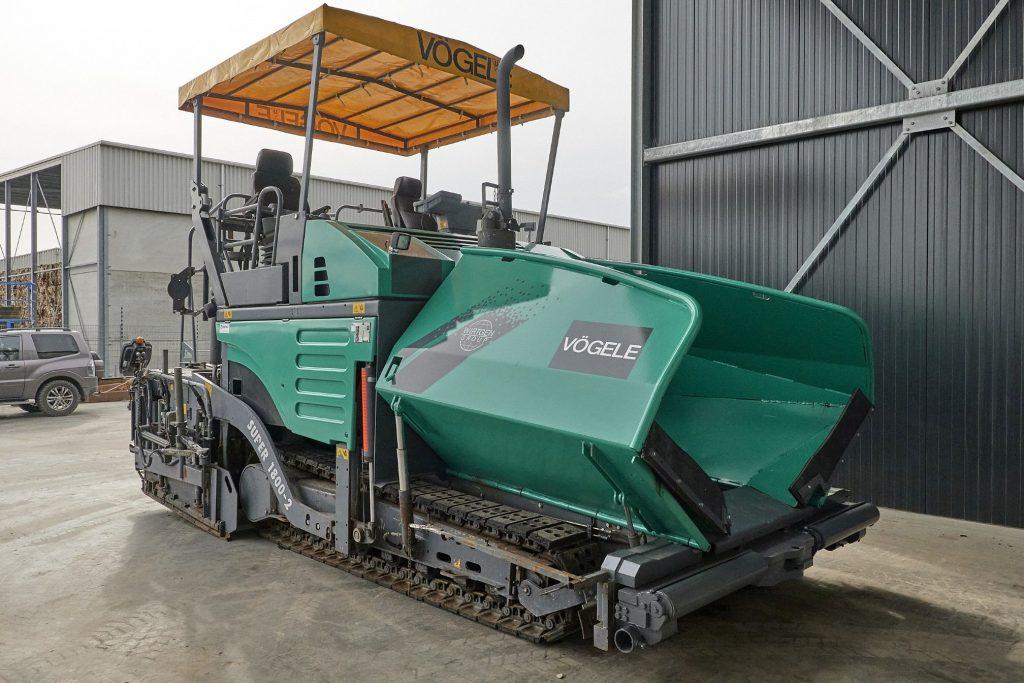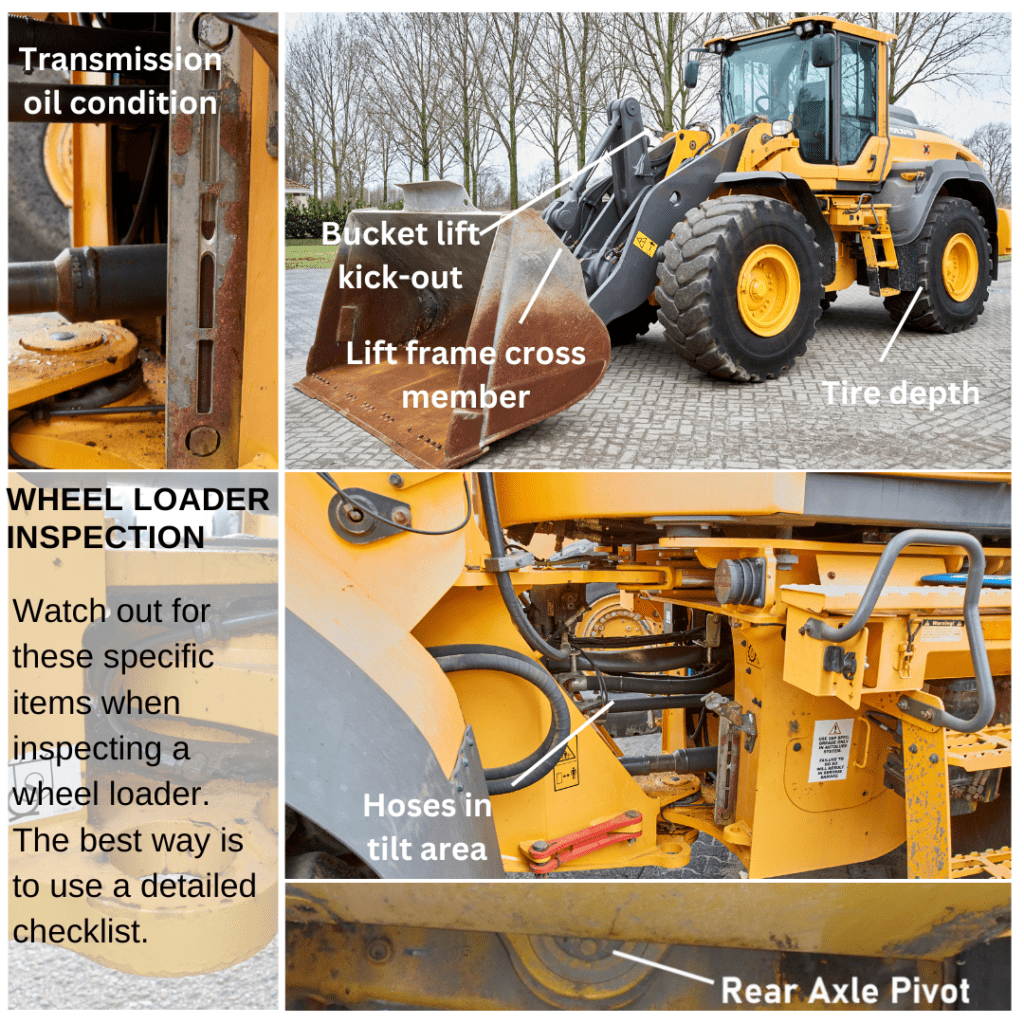Savvy Buyer’s Alert: Negotiate on Used Excavators!
The current sales market for used excavators is experiencing a significant downturn. This dip in demand presents a unique opportunity for buyers to negotiate better prices. With an oversupply of machinery, sellers are more likely to entertain lower offers and flexible terms. If you are considering expanding your fleet or investing in new equipment, now is an ideal time to capitalize on these market conditions.


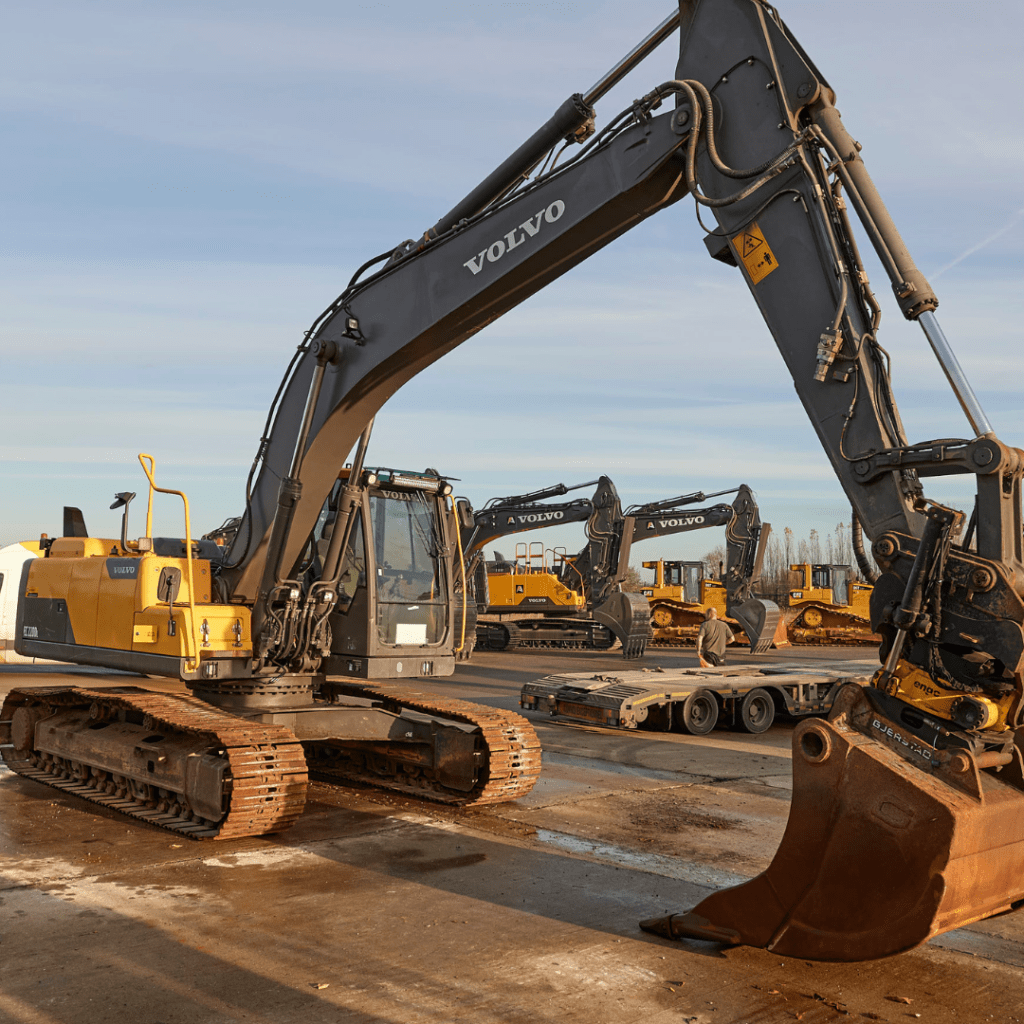
Expanded Expertise: Inspections for Civil Engineering and Underground Mining Machinery
At Mevas, we’re not just excavator experts! Over the past three years, we’ve expanded our expertise to inspect a wider range of used civil engineering equipment and underground mining machinery. Whether you’re in the market for a rock drill, an underground loader or even an foundation drilling machine, or anything in between, our team of certified inspectors has the knowledge and experience to ensure you’re getting a reliable machine.
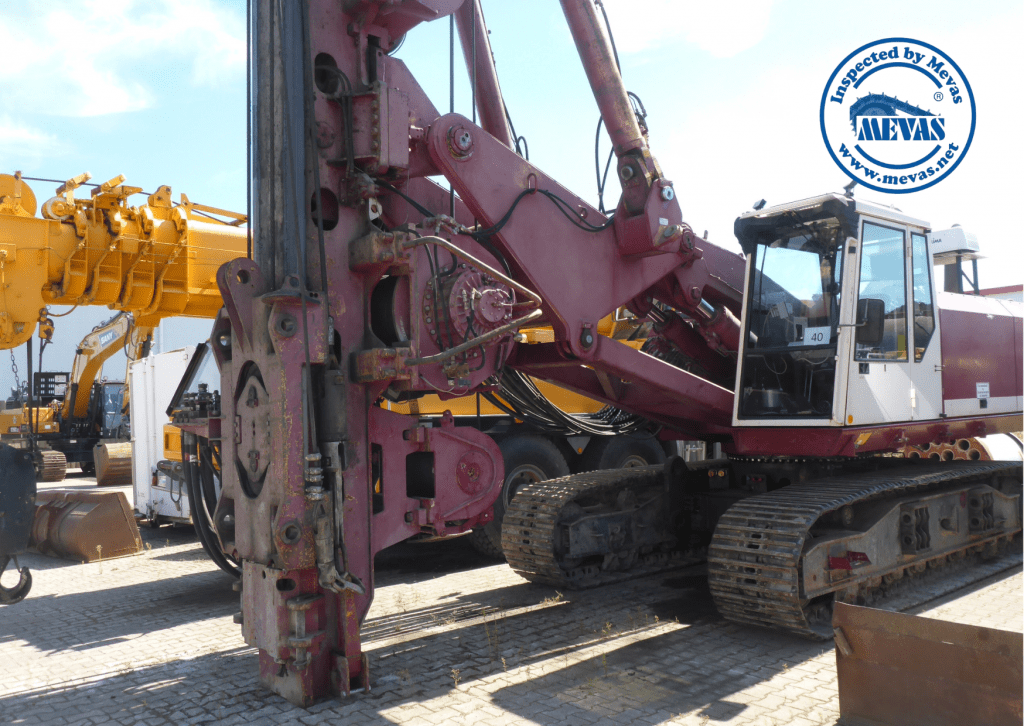
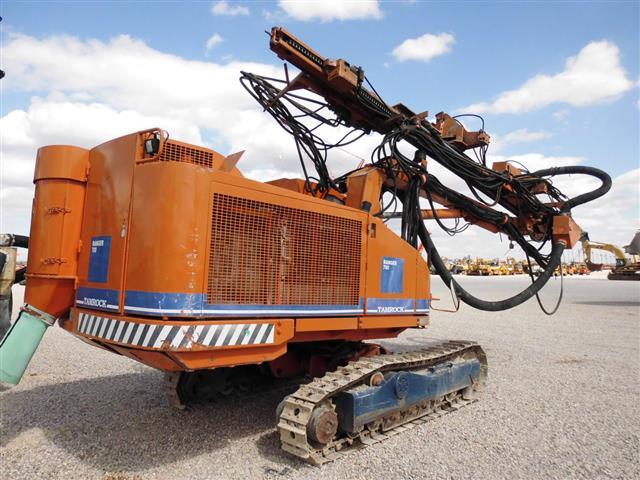
Beware the Wolf in Web Clothes!
We’ve received concerning reports of a new scam targeting heavy machinery buyers. Fraudsters are creating fake websites mimicking legitimate companies and hacking email accounts to initiate contact. Always double-check a company’s website address before proceeding, and be wary of unsolicited emails, especially those offering unrealistically low prices. When in doubt, contact the company directly through their official channels. Before sending money call the financial department of the seller to confirm bank account data.
China’s Price Trap: Dig Deeper Before You Buy
While the allure of cheap machinery from China might be tempting, proceed with extreme caution. Counterfeit machines are a major concern, often lacking safety features and built with inferior materials. These machines pose a serious risk to operators and can lead to costly breakdowns. Don’t let a bargain turn into a disaster.
Mevas: Your Trusted Partner in Used Machinery Inspection
At Mevas, we understand the importance of a safe and reliable investment in used heavy machinery. Our comprehensive inspections provide you with the peace of mind you need to make informed decisions. Contact us today to discuss your inspection needs!
Stay vigilant, stay informed, and let Mevas help you navigate the used heavy machinery market with confidence!


